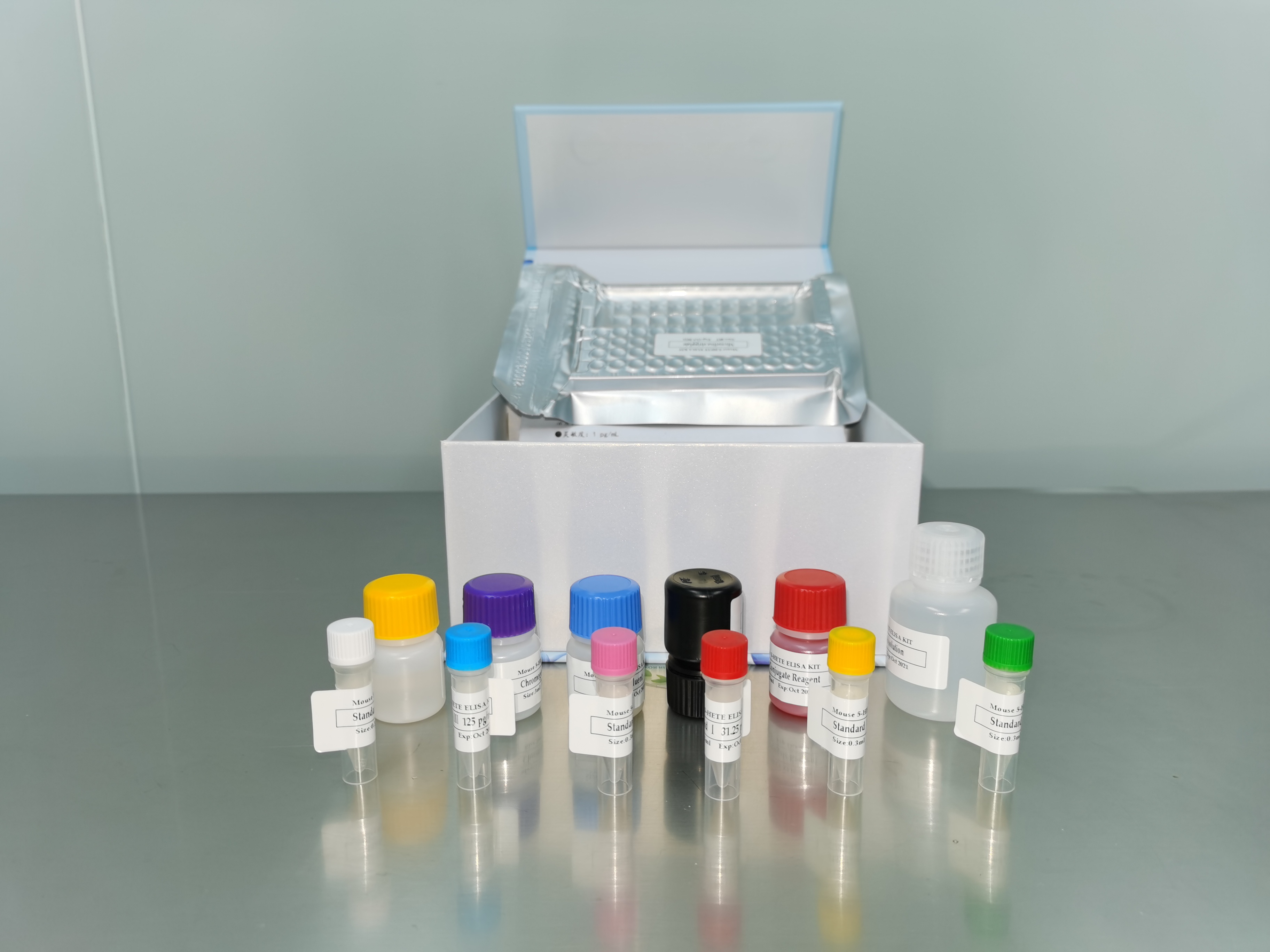| 产品名称: | Chlamydia trachomatis Serovar F |
|---|---|
| 商品货号: | TS135285 |
| Classification: | Chlamydiaceae |
| Deposited As: | Chlamydia trachomatis (Busacca) Rake |
| Agent: | Chlamydia trachomatis Serovar F |
| Strain: | IC-Cal-3 |
| Applications: | Sexually Transmitted Disease Research |
| Biosafety Level: | 2
Biosafety classification is based on U.S. Public Health Service Guidelines, it is the responsibility of the customer to ensure that their facilities comply with biosafety regulations for their own country. |
| Product Format: | frozen 1 mL per vial |
| Storage Conditions: | -70°C or colder |
| Comments: | FBS used to culture Chlamydia must be prescreened to verify that the serum does not contain antibodies to Chlamydia or other factors that would interfere with growth. Rapid loss in titer when stored above -70°C. Activities with high potential for aerosol production require BSL 3 facilities and practices. Next-generation sequencing (NGS) at ATCC on the McCoy cell line (ATCC® CRL-1696™) used as the host has shown the presence of Mus Musculus mobilized endogenous polytropic provirus and Murine leukemia virus. |
| Effect on Host: | Intracellular inclusion bodies visualized by fluorescent staining with genus or species specific conjugated monoclonal antibodies |
| Recommended Host: | McCoy cells (ATCC® CRL-1696™) |
| Growth Conditions: | Temperature: 35.5°C Recommendations for Infection: Plate cells 24-48 hours prior to infection and infect when cultures are 95-100% confluent. Prior to infection, disrupt cells by sonication or vortex with sterile glass beads. Remove medium and inoculate with a small volume of inoculum (e.g. 1 mL per 25 cm2) diluted to provide an optimal MOI (e.g. 1). Adsorb by centrifugation at 2100 x g for 1 hour at 20°C. End adsorption by adding growth medium. Incubation: 3 days |
| Name of Depositor: | L Hanna, E Jawetz, Centers for Disease Control and Prevention |
| Source: | Eye of nine-day-old baby, California, 1960 |
| References: | Hanna L, et al. Isolation of viruses from inclusion conjunctivitis in the newborn. Am. J. Ophthamol. 53: 774-780, 1962. PubMed: 13904377 |


